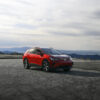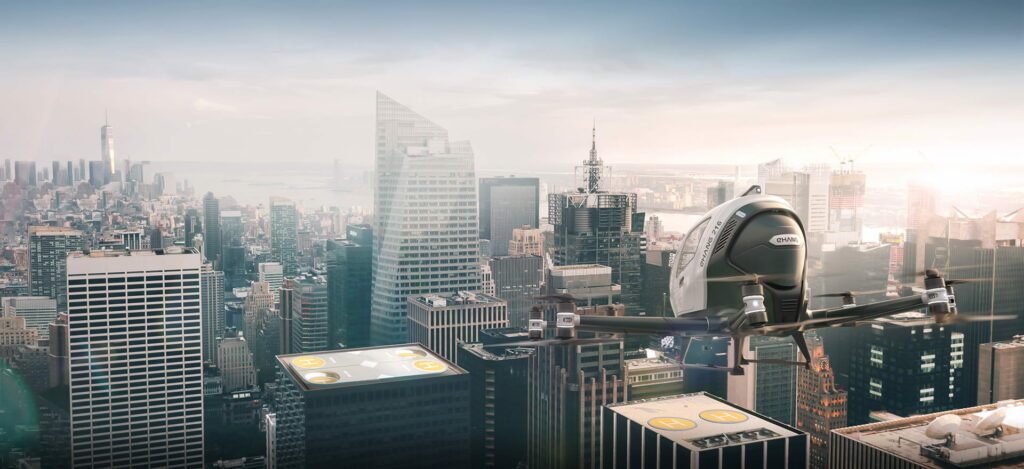
EHang, a Chinese urban air mobility (UAM) pioneer, seems determined to bring us closer to that airborne future, one country at a time. The company’s pilotless electric vertical takeoff and landing (eVTOL) aircraft, the EH216-S, recently completed its first passenger flights in Bangkok, Thailand.
The debut at the Queen Sirikit National Convention Center marks a significant milestone, with Thailand becoming the 18th country to host EHang’s high-tech air taxis.
But don’t get too excited about calling for an air Uber just yet. While the demo flights offer a glimpse into the future, the journey to regular commercial operations is a marathon, not a sprint.
Why Thailand? Why Now?
Thailand might not be the first country to spring to mind when you think of cutting-edge air taxi technology, but it turns out to be an ideal testing ground.
The nation’s thriving tourism industry creates a high demand for efficient transport options, especially to and from island destinations like Phuket and Koh Samui. Traditional travel by ferry is time-consuming, and an air taxi could transform that experience.

Urban congestion also makes Thailand a prime candidate for eVTOL innovation. Bangkok’s infamous traffic jams could benefit from an air-based alternative, and the EH216-S offers a practical way to alleviate some of the gridlock.
Additionally, Thailand’s Civil Aviation Authority (CAAT) has been highly supportive, granting permissions for these test flights and developing a roadmap for low-altitude airspace to accommodate such vehicles.
“This demo flight marks significant progress in integrating urban air mobility solutions into Thailand’s aviation industry,” said Suttipong Kongpool, Director of the CAAT.
The EH216-S: What Can It Do?
EHang’s EH216-S isn’t just a technological marvel; it’s a glimpse of what short-distance air travel could look like in the near future. Designed to carry two passengers without a pilot, this eVTOL offers a range of up to 22 miles on a single charge and can reach speeds of 80 mph.

Its vertical takeoff and landing capabilities eliminate the need for traditional runways, allowing it to operate in urban centers and remote locations alike.
EHang envisions the EH216-S being used not only for tourism but also for practical applications like logistics, medical transport, and emergency response. With its airworthiness certificate, it is currently the only eVTOL in the world cleared for commercial flights, which underscores its reliability and innovation.
Challenges in the Clouds
Despite its promise, the path to widespread adoption of eVTOL technology is not without hurdles. Safety concerns remain a top priority, as public trust in pilotless aircraft is still in its infancy. Different countries also have varying regulatory standards, making global expansion a complex process.
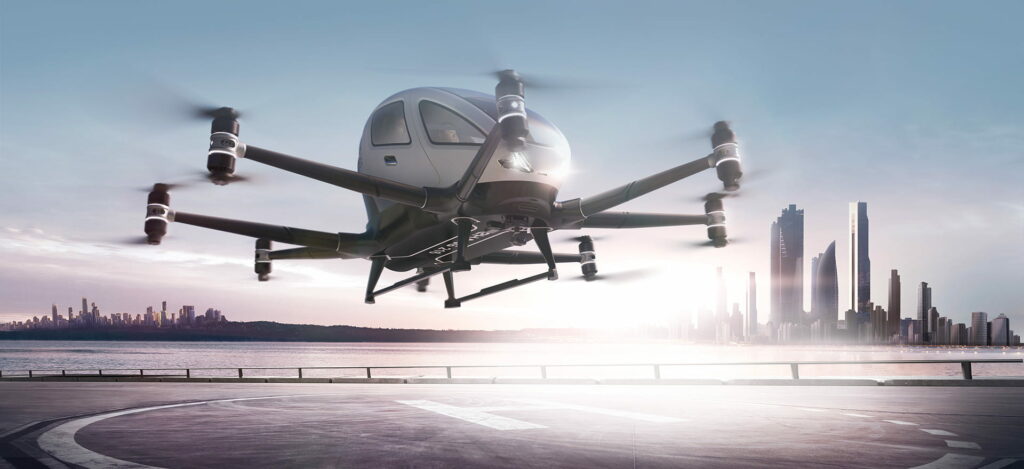
The economic viability of air taxis is another significant challenge. With each unit priced at $410,000, operators will need to establish strong business models to justify the investment. Even well-established companies in the sector, like Germany’s Volocopter and Lilium, are grappling with financial instability, highlighting the high stakes of entering this emerging market.
What’s Next for EHang in Thailand?
EHang’s ambitions for Thailand extend beyond the recent demonstration flights. The company plans to conduct further tests on the islands of Phuket and Koh Samui by 2025, with commercial operations expected to follow soon after.
Collaborating with local stakeholders, EHang aims to integrate its air taxis into Thailand’s transportation ecosystem, creating a model that could influence UAM development across Southeast Asia.
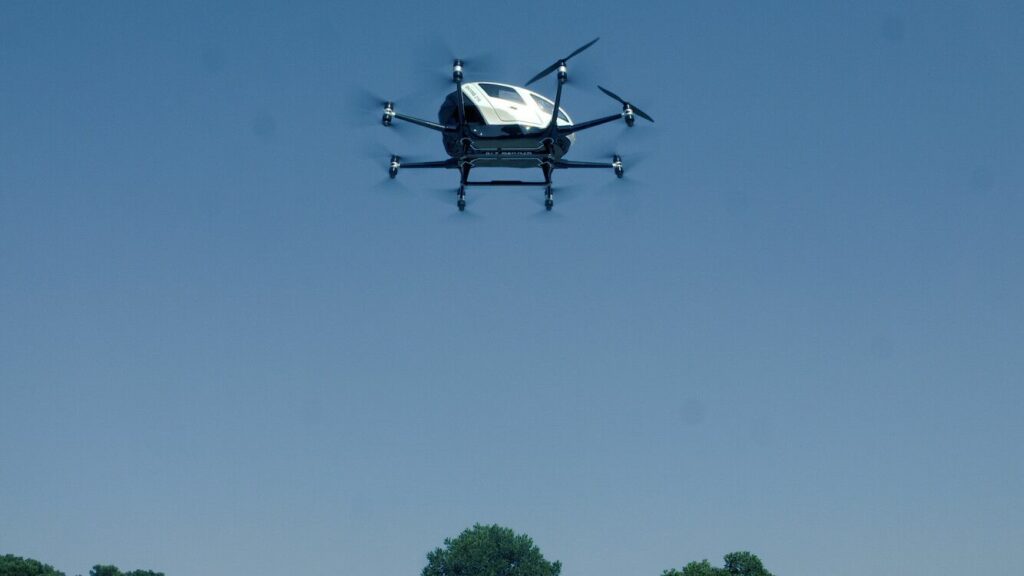
If successful, these efforts could position Thailand as a regional leader in urban air mobility. With Morgan Stanley projecting the global eVTOL market to reach $1 trillion by 2040, early adoption could offer Thailand significant economic and technological advantages.
Charge Complete
EHang’s debut in Bangkok is a bold move toward making urban air mobility a reality, but the journey ahead is still filled with uncertainties. Whether Thailand becomes a pioneer in commercial autonomous air taxis or merely a stepping stone in EHang’s global expansion remains to be seen.
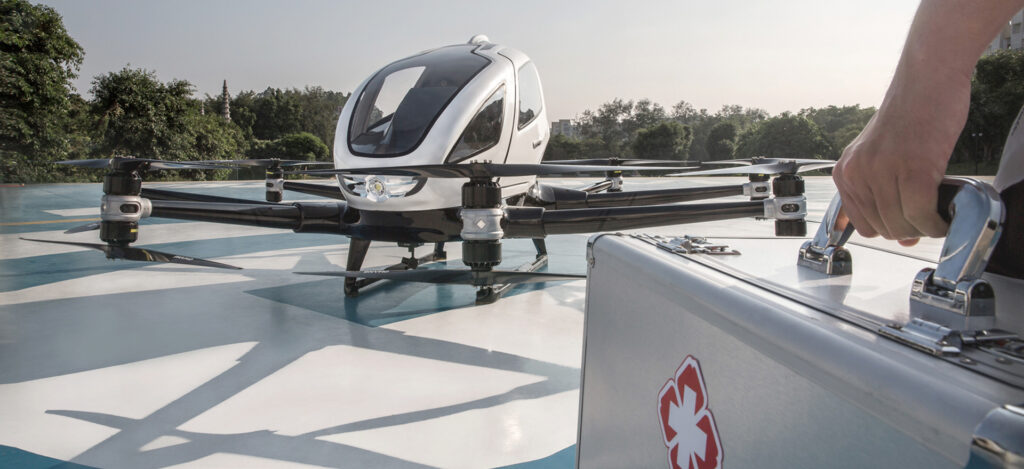
One thing is clear: EHang’s success has the potential to reshape how we think about transportation. The sky is no longer the limit—it’s just the beginning.



